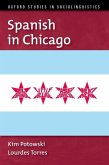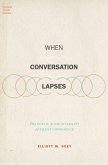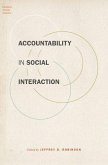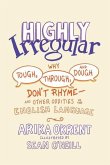Intertextuality 2.0 bridges the gap between linguistic research on intertextuality and research on metadiscourse through a case study analysis of online discussion boards about weight loss. This book examines how people use linguistic strategies such as repeating or paraphrasing others' words with multimodal resources like emojis and GIFs in online discussion boards focused on weight loss support to create intertextuality - or connections between texts, interactions, and other creations that facilitate meaning-making. These strategies allow posters to engage in metadiscourse, or communication about language and communication. By applying the perspective of metadiscourse in a study of intertextuality, Gordon offers important new insights into why intertextuality occurs and what it accomplishes: it helps people manage the challenges of communication.








